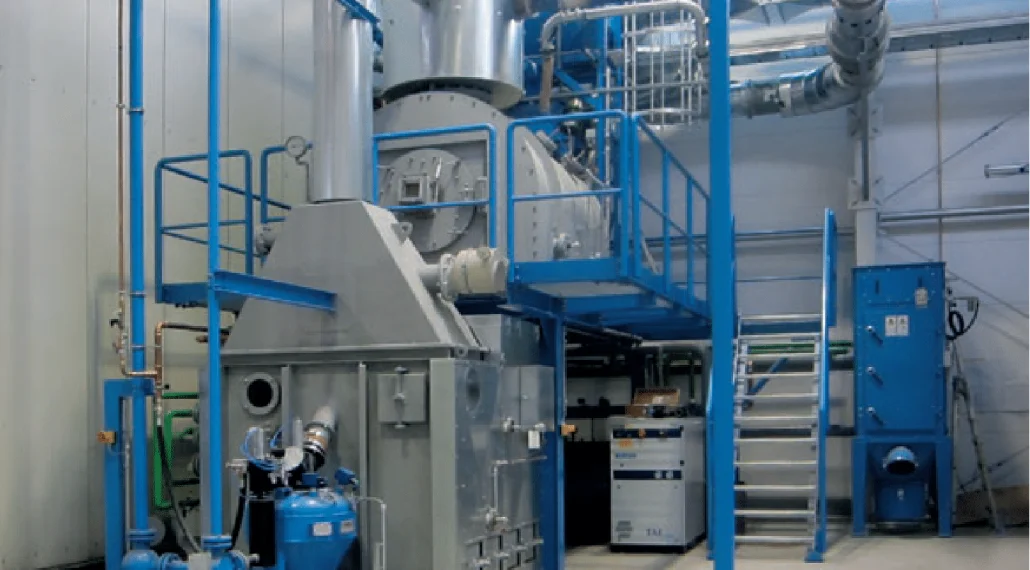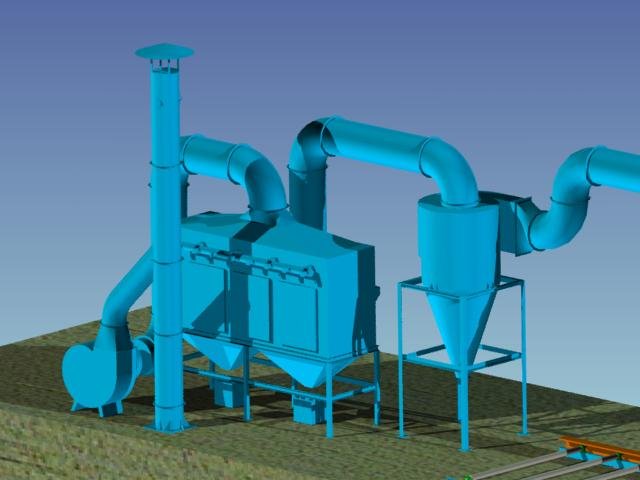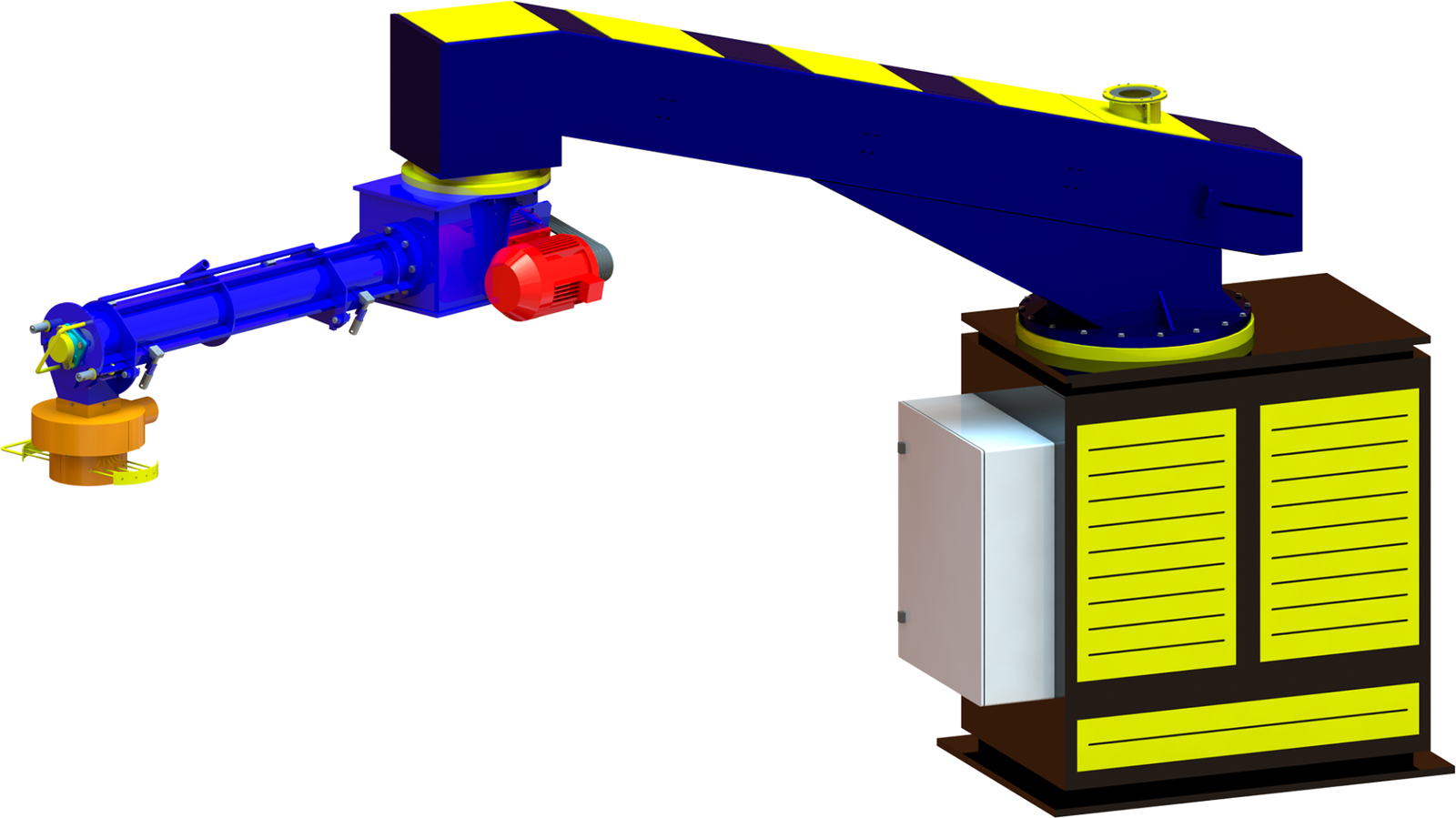
Effective management of wear and tear in rotary table shot blasting machines is essential for maintaining their performance, efficiency, and longevity. If left unchecked, wear can result in increased downtime, higher repair costs, and reduced operational efficiency. In this article, we'll explore the common areas of wear in these machines and provide actionable advice on how to prevent damage and extend machine lifespan.
Why Understanding Wear and Tear Matters
Understanding and managing wear and tear is crucial because these machines operate in harsh, abrasive environments. Over time, repeated exposure to abrasive materials, high-impact forces, and continuous operation can degrade key components. If wear is not properly managed, it can:
- Increase production costs due to frequent repairs and downtime.
- Lead to machine instability and performance inefficiencies.
- Reduce the machine's operational lifespan, requiring early replacement.
Common Causes of Wear in Shot Blasting Machines
Several factors contribute to the wear in shot blasting machines. Key contributors include:
- Abrasive materials: The constant interaction with abrasive particles accelerates the wear process.
- High-impact environments: Parts of the machine are constantly subjected to high-speed impacts.
- Continuous machine use: Extended operation without proper maintenance can lead to part degradation.
Let’s examine the most common wear areas and how you can prevent them.
1. Blasting Wheels and Impellers

Impact of Blasting Wheels on Wear
Blasting wheels play a crucial role in directing abrasives at the surface being treated. As a result, they endure significant wear over time due to constant exposure to abrasive forces.
Common Issues:
- Worn Blades: Over time, the blades on the blasting wheels can become worn, reducing their efficiency and blasting consistency.
- Broken Impellers: Prolonged exposure to abrasive forces may lead to cracks or even breakage in impellers.
How to Prevent Wear:
- Regular Inspection: Frequently inspect blades and impellers for signs of wear and replace them when necessary.
- Material Selection: Use high-performance materials like tungsten carbide or high-speed steel for the blades and impellers, which offer superior resistance to abrasion and impact.
- Proper Calibration: Ensure the wheels are properly aligned to avoid excessive wear caused by misalignment.
2. Blasting Chamber and Linings
Why the Blasting Chamber Experiences Wear
The blasting chamber is constantly exposed to abrasive impacts, leading to gradual erosion and surface wear.
Common Issues:
- Erosion of Linings: The internal linings can wear down, especially if low-quality materials are used or if the abrasive is too coarse.
- Corrosion: Moisture or certain types of abrasives can cause corrosion of the chamber walls.
How to Prevent Wear:
- Use High-Quality Linings: Install rubber, ceramic, or polyurethane linings designed for abrasive environments.
- Regular Replacements: Monitor the condition of linings and replace them as soon as they begin to show significant wear.
- Environmental Considerations: Store machines in dry conditions and use rust-resistant coatings on internal surfaces.
3. Bearings and Shafts
Role of Bearings and Shafts in Longevity
Bearings and shafts are critical to the movement of the rotary table and other parts of the shot blasting machine. These components are subjected to high rotational forces and abrasive exposure.
Common Issues:
- Bearing Wear: Bearings are prone to wear from constant friction, leading to instability and operational inefficiency.
- Shaft Deformation: Abrasive exposure and high-speed rotation can lead to deformation or cracking of shafts.
How to Prevent Wear:
- High-Quality Bearings: Use corrosion-resistant bearings, such as those made from stainless steel, that can withstand harsh operating conditions.
- Regular Lubrication: Implement a routine lubrication schedule to reduce friction and prevent wear on bearings.
- Routine Inspections: Regularly inspect bearings and shafts for early signs of wear and replace them promptly to prevent damage to other components.
4. Seals and Gaskets

The Role of Seals and Gaskets in Machine Protection
Seals and gaskets prevent dust, debris, and abrasives from entering sensitive areas like motors and electrical systems, protecting internal components from contamination.
Common Issues:
- Cracked or Worn Seals: Seals and gaskets degrade over time, which can lead to contamination and inefficiency.
- Abrasive Leakage: If seals fail, abrasives can leak into other parts of the machine, causing damage to components like motors and control systems.
How to Prevent Wear:
- Regular Seal Inspections: Routinely inspect seals and gaskets for cracks and damage and replace them before they fail.
- Use Durable Materials: Opt for high-quality materials like fluorocarbon rubber (Viton) or silicone that are resistant to heat and abrasive wear.
- Proper Machine Shutdown: Ensure the machine is properly shut down after use to avoid unnecessary stress on seals and gaskets.
5. Motors and Electrical Components
Impact of Motors and Electrical Components on Performance
Motors and electrical components power the operation of the rotary table shot blasting machine. Continuous use can lead to wear on these critical parts.
Common Issues:
- Motor Overheating: Continuous use can cause overheating, damaging electrical components or leading to motor failure.
- Electrical Wear: Constant on/off cycling of electrical components can lead to wear on switches, wiring, or control systems.
How to Prevent Wear:
- Monitor Motor Temperature: Use temperature monitoring systems to prevent overheating and ensure optimal operation conditions.
- Routine Electrical Inspections: Check electrical components for signs of wear, such as fraying wires or overheating.
- Use Quality Motors: Invest in high-quality motors designed to withstand continuous operation in harsh environments.
6. Rotary Table and Drive Mechanism

The Rotary Table's Role in Operation
The rotary table is responsible for evenly distributing workpieces during the blasting process. The movement is driven by motors and shafts.
Common Issues:
- Excessive Wear on the Table Surface: Continuous abrasive contact can wear down the table’s surface, impacting smooth rotation.
- Drive Mechanism Failure: The mechanical drive system may fail due to excessive friction or poor lubrication.
How to Prevent Wear:
- Protective Coatings: Use rubber or polyurethane coatings to protect the surface of the rotary table from abrasive wear.
- Lubrication and Calibration: Regularly lubricate the drive mechanism and calibrate the system to ensure smooth and consistent operation.
- Regular Inspection: Check the rotary table for uneven wear and misalignment early on to prevent major issues.
Bonus: General Maintenance Practices to Reduce Wear and Tear
- Regular Cleaning and Maintenance: Establish a preventive maintenance schedule that includes regular cleaning and checking for worn components. Replace damaged parts as soon as possible to avoid further damage.
- Training for Operators: Train operators on proper machine handling to avoid excessive wear caused by misuse or improper operation.
- Use of Automation and Monitoring Systems: Consider incorporating automated monitoring systems to track machine performance and alert you to potential issues before they lead to significant wear.
Conclusion: Proactive Maintenance for Long-Lasting Performance

To ensure a long-lasting and efficient rotary table shot blasting machine, it is crucial to regularly inspect and maintain key components like blasting wheels, chamber linings, bearings, and motors. Using high-quality materials, adhering to a preventive maintenance schedule, and training operators can significantly reduce wear and tear, ensuring that your machine performs at its best for years to come.
Key Takeaways:
- Regular inspections and timely replacements can prevent premature wear.
- High-quality materials such as tungsten carbide, high-grade steel, and fluorocarbon rubber are crucial for reducing wear.
- Implementing a maintenance routine and using monitoring systems will help catch potential issues early.
By taking these preventive measures, you can keep your rotary table shot blasting machine running smoothly, extending its lifespan, and ensuring maximum productivity.







